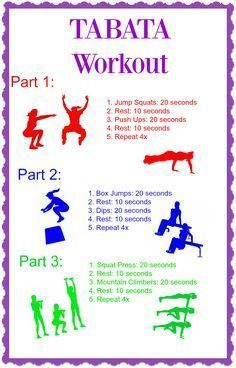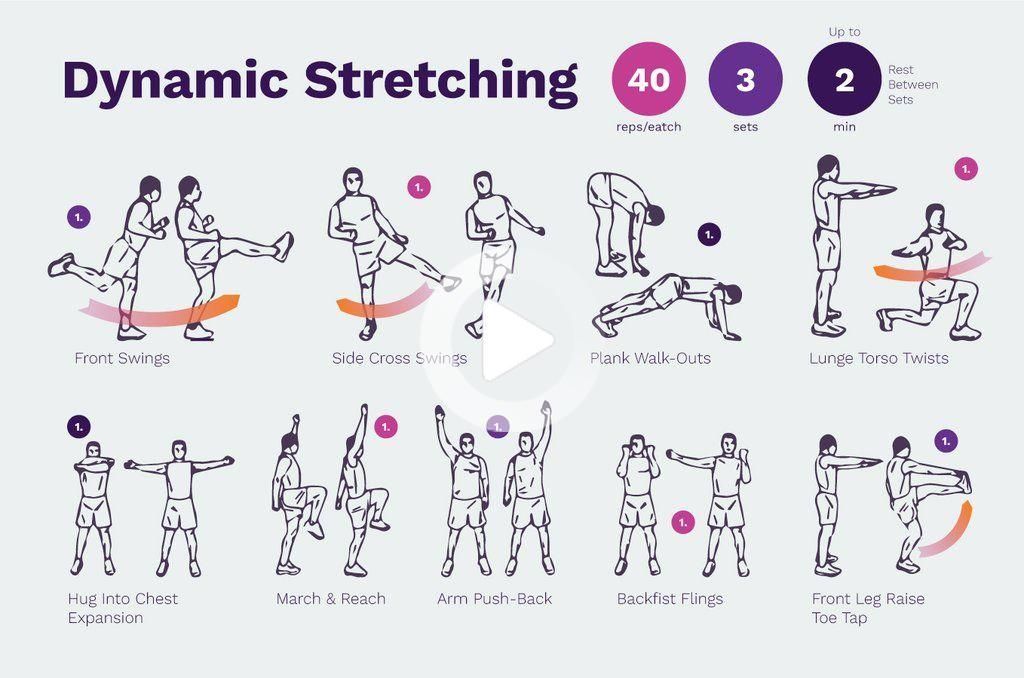Tai Chi: Balance and Harmony Through Movement
Tai Chi, also known as Tai Chi Chuan, is an ancient Chinese martial art that combines graceful movements with deep breathing and meditation. It originated in China over 700 years ago and has since gained popularity worldwide as a gentle form of exercise that promotes balance, flexibility, and overall well-being.
The Philosophy of Tai Chi
Tai Chi is deeply rooted in Chinese philosophy, particularly the concept of Yin and Yang, which represents the interconnectedness and balance of opposing forces in the universe. The practice of Tai Chi aims to bring harmony to these opposing forces within the body, mind, and spirit through gentle, flowing movements.
The Physical Benefits
Tai Chi is often referred to as “meditation in motion” as it combines slow, deliberate movements with controlled breathing. When practicing Tai Chi, every movement is connected, ensuring a continuous flow of energy throughout the body. This helps improve balance, coordination, and flexibility.
Regular practice of Tai Chi has been shown to alleviate chronic pain, reduce blood pressure, and improve cardiovascular health. The slow, controlled movements promote relaxation and calmness, helping to lower stress levels and improve overall mental well-being.
The Mental Benefits
In addition to the physical benefits, Tai Chi has profound effects on mental health. The slow, deliberate movements require focus and concentration, helping to clear the mind and promote mindfulness. Tai Chi can be seen as an active form of meditation, allowing practitioners to quiet their thoughts and achieve a sense of inner peace and serenity.
Practicing Tai Chi regularly has been shown to reduce anxiety and depression, improve sleep quality, and enhance overall cognitive function. It provides a sanctuary from the stresses of daily life and offers a space for self-reflection and self-awareness.
The Practice of Tai Chi
Tai Chi is performed using a series of fluid, circular movements that flow seamlessly from one to another. These movements are often referred to as forms or “choreographed routines.” Each form consists of a specific set of movements and positions that work together to improve balance, flexibility, and strength.
One of the key components of Tai Chi is the concept of “rooting,” which refers to maintaining a deep connection with the ground. This provides a stable foundation and allows for smooth, controlled movements. By grounding themselves, practitioners are able to harness the flow of energy and achieve a sense of balance and stability.
There are various styles of Tai Chi, including Yang, Chen, Wu, and Sun. Each style emphasizes different aspects of the practice, but they all share the same underlying principles of balance, harmony, and mindfulness.
Getting Started with Tai Chi
Tai Chi can be practiced by individuals of all ages and fitness levels. It requires no special equipment and can be performed almost anywhere. It is recommended to start learning Tai Chi from a qualified instructor who can guide you through the correct postures and movements.
When beginning your Tai Chi journey, it’s important to start with basic movements and gradually progress to more complex forms. It’s a gradual process that requires patience and consistency. Over time, as you become more comfortable with the movements, you can deepen your practice and explore the deeper aspects of Tai Chi.
Conclusion
Tai Chi is a holistic practice that promotes balance and harmony through movement. It combines physical exercise, breath control, and meditation, offering numerous benefits for both the body and mind. By incorporating Tai Chi into your daily routine, you can cultivate a sense of peace, improve your overall well-being, and find harmony in the midst of life’s challenges.


